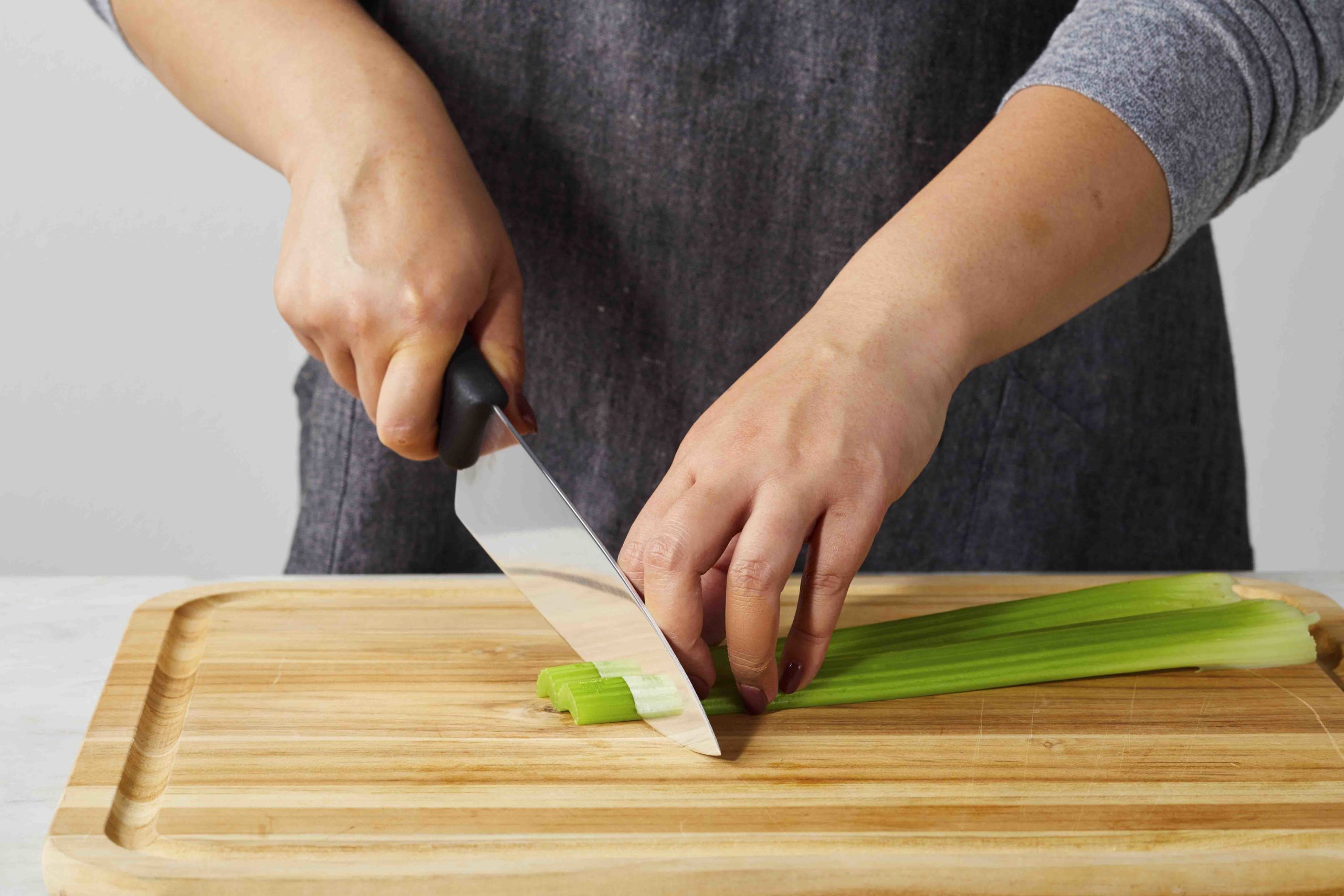Unmissable Tips: What Degree to Sharpen a Fillet Knife?
Written By James Morgan
For barbecue enthusiasts, mastering the art of using a perfectly sharpened fillet knife can be a game-changer. The sharpness of your knife significantly impacts the precision and ease with which you can prepare delicate cuts of meat, fish, and, most importantly, those prized fillets. But what degree to sharpen a fillet knife is the burning question in many BBQ lovers' minds?
In this comprehensive guide, we'll dissect this topic and provide you with the most relevant insights to ensure your knife is in top condition for your next barbecue feast.

The Essentials of Fillet Knife Sharpening
When it comes to knife sharpening, especially for specialized knives like fillet knives, the angle or degree of sharpening plays a crucial role. Typically, the sharpening angle for fillet knives ranges from 12 to 15 degrees per side. This narrow angle provides the fillet knife with its necessary sharpness, enabling you to make precise, clean cuts through fish or meat effortlessly.
Choosing the Right Angle
Deciding on the right angle involves considering the type of meat or fish you'll be working with as well as your personal comfort and control over the knife. For instance, a 12-degree angle provides a finer, sharper edge ideal for delicate fish fillets, while a 15-degree angle offers more durability suited for tougher cuts of meat.
Factors Influencing Your Choice
When determining what degree to sharpen a fillet knife, several factors come into play:
- Type of Fish/Meat: Lighter fish benefits from a sharper, lower angle.
- Personal Use: Regular vs. occasional use of the knife.
- Knife Maintenance: Higher angles generally mean less frequent sharpening.

Step-by-Step Guide to Sharpening Your Fillet Knife
Sharpening a fillet knife to the ideal 12-15 degrees involves a few crucial steps. Here's how you can do it:
- Set Up Your Sharpening Station: Ensure you have a quality sharpening stone, preferably a whetstone with fine grit.
- Determine the Angle: Position your knife at the desired angle (12-15 degrees) relative to the stone.
- Start Sharpening: Begin with smooth, controlled strokes, maintaining the angle consistently.
- Alternate Sides: Switch sides regularly to keep the edge even.
- Test the Sharpness: Check the knife's sharpness by slicing through a piece of paper or a tomato.
Effective knife sharpening is a blend of technique and practice. Keeping your knife consistently sharp ensures you are always ready for the next barbecue session.

Expert Tips for Maintaining Your Fillet Knife
A well-maintained knife is a barbecue enthusiast's best friend. Here are some expert tips:
- Regular Honing: Use a honing rod to realign your knife's edge between sharpening sessions.
- Proper Storage: Store your knife in a dedicated knife block or magnetic strip to avoid dulling the edge.
- Cleaning: Always hand wash and dry your knife immediately after use to prevent rust and corrosion.
Common Mistakes to Avoid
Even experienced barbecue enthusiasts can make mistakes while sharpening their fillet knives. Here are some pitfalls to avoid:
- Using the Wrong Angle: Sticking to the 12-15 degree range is crucial. Deviating from this can affect the knife's performance.
- Inconsistent Pressure: Applying uneven pressure can result in an uneven edge.
- Neglecting Honing: Regular honing is essential to maintaining a sharp edge.
Frequently Asked Questions
How often should I sharpen my fillet knife?
The frequency depends on usage. For regular use, sharpening every few months should suffice, with honing done after every use.
Can I use an electric sharpener for my fillet knife?
Electric sharpeners can be used, but it's essential to ensure they are compatible with thin, flexible blades like those of fillet knives.
Is a higher angle ever beneficial?
While a lower angle is preferred for fillet knives, a slightly higher angle (around 20 degrees) can be beneficial for general-purpose kitchen knives, offering a balance between sharpness and durability.
If you're keen on diving deeper into the best knives or sharpening techniques, visit our blog for more insights. For detailed information on knife skills and safety, check out this article.
As an Amazon Associate, I earn from qualifying purchases.



